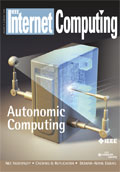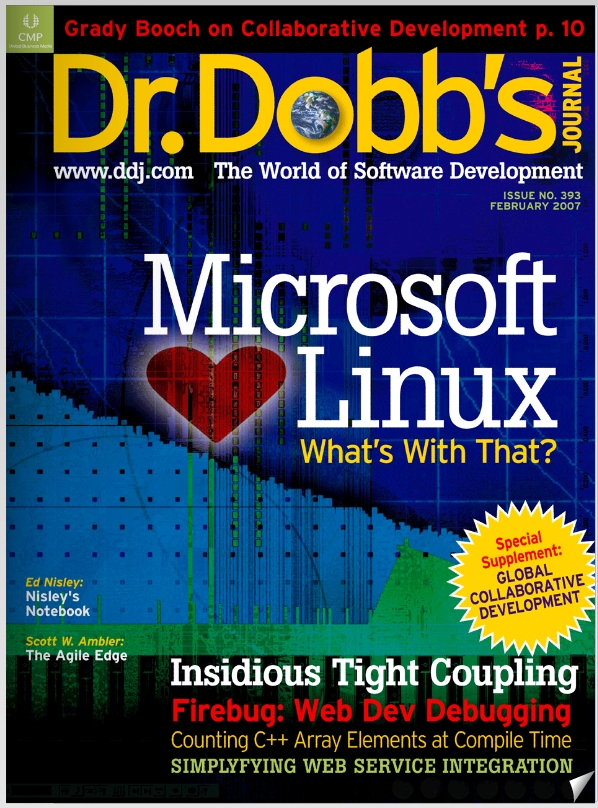 There’s a great article by Steve Vinoski in the Jan/Feb 2007 Internet Computing on the difference(s) between SOA and REST as architectural concepts and approaches titled “REST Eye for the SOA Guy.”
There’s a great article by Steve Vinoski in the Jan/Feb 2007 Internet Computing on the difference(s) between SOA and REST as architectural concepts and approaches titled “REST Eye for the SOA Guy.”
In the intro, he writes:
I’m torn in the Representational State Transfer (REST) and SOA debate  REST is extremely appealing, but my technical background is firmly rooted in the SOA camp. I’m torn in the Representational State Transfer (REST) and SOA debate  REST is extremely appealing, but my technical background is firmly rooted in the SOA camp.
In the end he comes out more on the side of “extremely appealing” than “firmly rooted.” Obviously there’s room for both, but REST comes off as much more attractive than SOA, at least in his version of the story.

